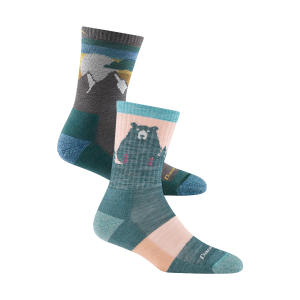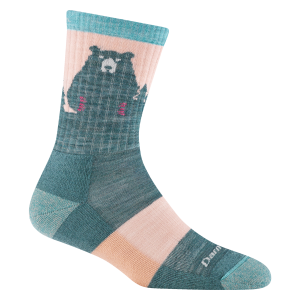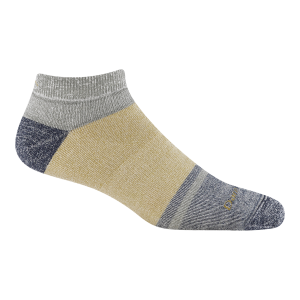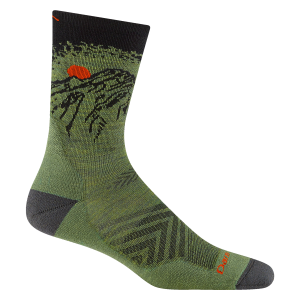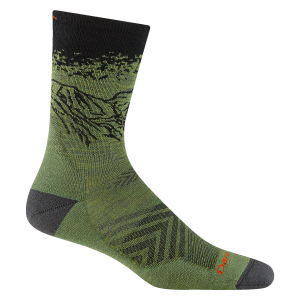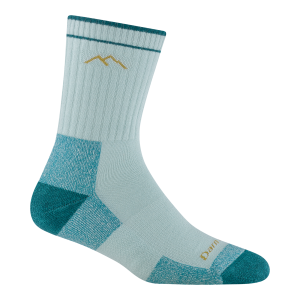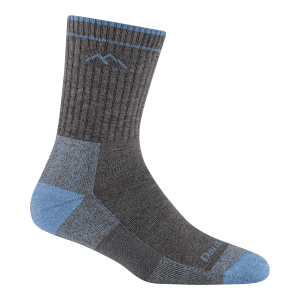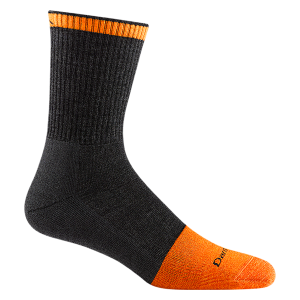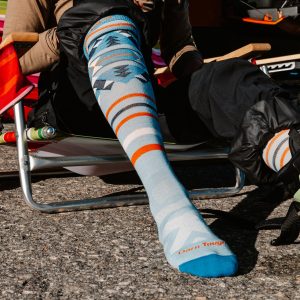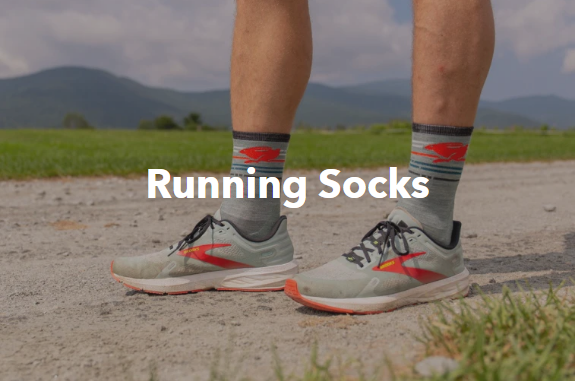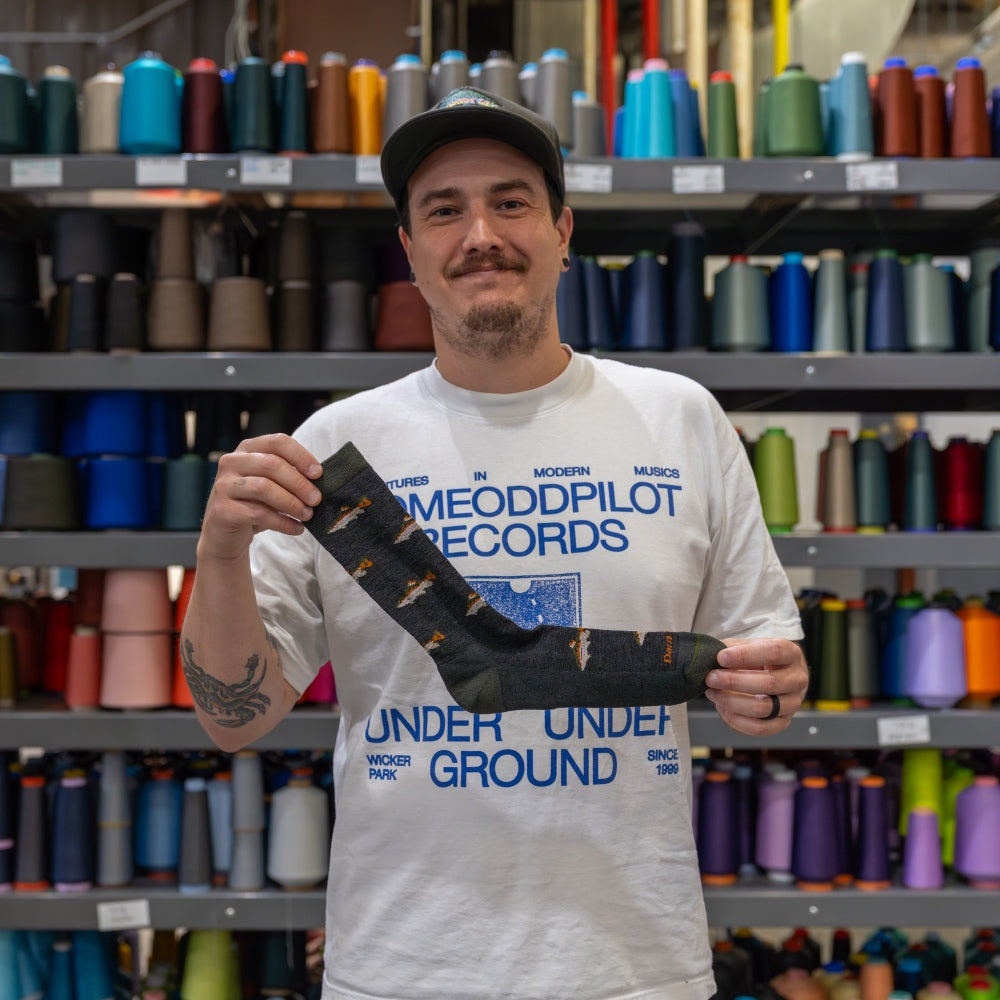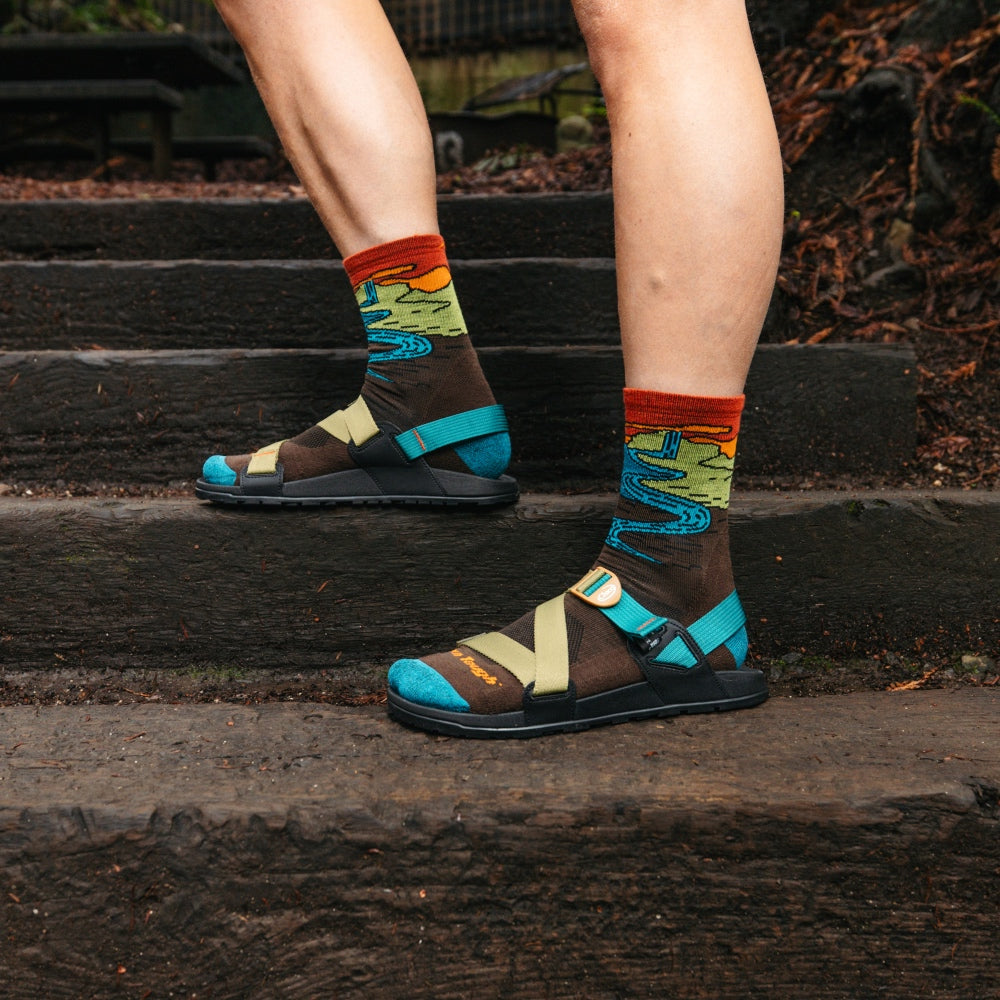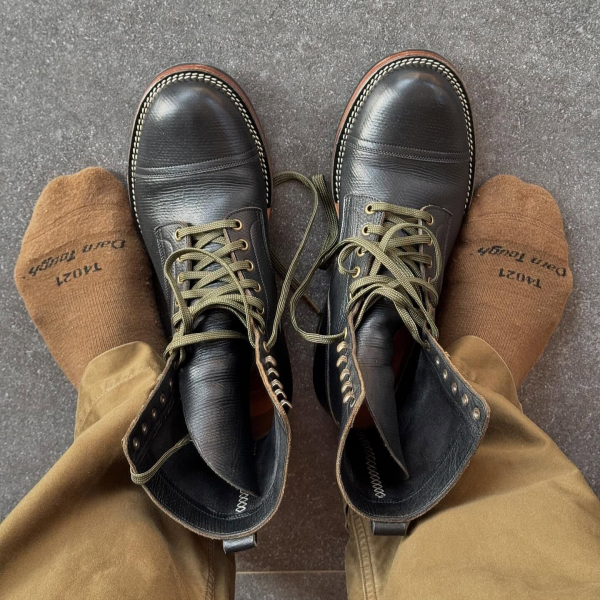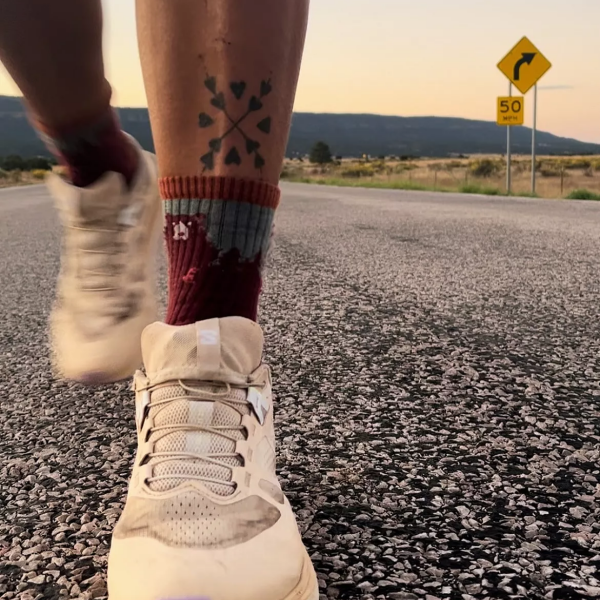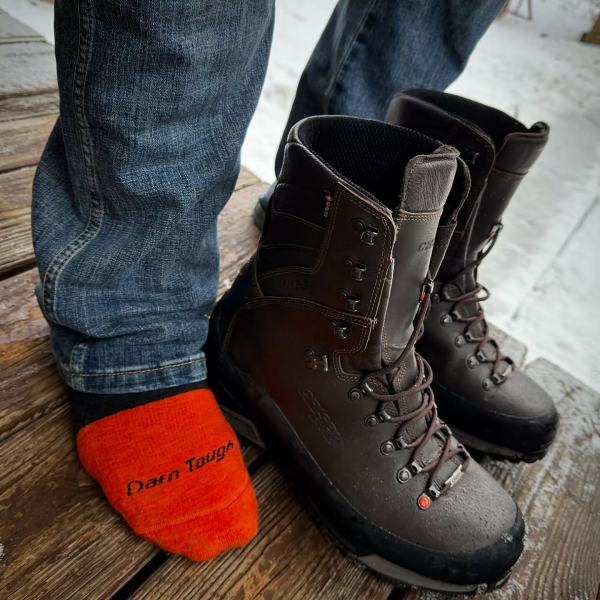The Humble Sock: More Than Just Footwear
Socks. They’re the unsung heroes of our wardrobes, the silent guardians of our feet, and the often-overlooked accessory that can elevate an outfit from ordinary to extraordinary. We pull them on without a second thought, yet these simple garments are steeped in history, crafted from a fascinating array of materials, and are becoming increasingly integral to our personal style and even our well-being.
A Journey Through Time: The Evolution of the Sock
The story of the sock is as old as civilization itself. While evidence suggests rudimentary foot coverings made from matted animal hair were used by ancient peoples as far back as the 8th century BCE, the sock as we know it began to take shape with the Greeks and Romans. The Greeks called their early versions “piloi,” and the Romans, who initially wrapped their feet in leather or woven fabrics, eventually developed “udones” – fitted socks sewn from fabric. These early iterations were primarily about warmth and protection, a far cry from the fashion statements they can be today.
For centuries, sock-making was a laborious and time-consuming process, making them a luxury item accessible only to the wealthy. In medieval Europe, socks, or rather their predecessors like “puttees,” took on symbolic meaning, often representing religious devotion. By the 16th century, as breeches became shorter, socks grew longer and more elaborate, becoming a clear marker of status and wealth among the nobility. The ornamental design on the ankle or side of a sock from this era even earned a name: the “clock.”
The Industrial Revolution, however, democratized the sock. The invention of knitting machines, initially hand-powered and later mechanized, dramatically increased production. This allowed for more widespread adoption, transforming socks from a status symbol into a common necessity. The development of new materials and manufacturing techniques continued to refine the sock, leading to the diverse range we see today.
The Science of Comfort: Materials and Construction
The very essence of a sock lies in its material. Gone are the days of a one-size-fits-all approach to fabric. Today, a spectrum of fibers is employed, each offering unique properties to suit different needs and preferences.
Natural Fibers:
-
Cotton: The perennial favorite, cotton offers breathability and softness. However, standard cotton can retain moisture, leading to damp feet. Combed cotton, with its shorter fibers removed, offers enhanced softness and durability, while mercerized cotton boasts a lustrous sheen and improved dye uptake.
-
Wool: Particularly Merino wool, has gained immense popularity for its exceptional warmth, moisture-wicking capabilities, and natural odor resistance. It insulates effectively while remaining breathable, making it ideal for both cold weather and active pursuits. Other wools, like cashmere, offer unparalleled luxury and softness.
-
Bamboo: This sustainable fiber is celebrated for its silky texture, breathability, and natural antimicrobial properties, which help combat odor. Bamboo socks are also known for their temperature-regulating qualities.
Synthetic Fibers:
-
Polyester: A durable and resilient synthetic, polyester is lightweight and can withstand significant wear and tear. It’s often blended with natural fibers to enhance moisture management and durability.
-
Nylon: Known for its strength and elasticity, nylon is frequently used as a reinforcement thread to improve a sock’s longevity and shape retention.
-
Spandex (Elastane/Lycra): This “stretch fiber” is crucial for ensuring a snug, comfortable fit. It allows socks to conform to the foot and leg without being constrictive, preventing slippage and bunching.
-
Acrylic: Offers a wool-like feel and good durability, often used in blends for warmth and comfort.
-
Polypropylene: A synthetic fiber prized for its exceptional moisture-wicking and insulating properties, making it a go-to for athletic and cold-weather socks.
The construction of a sock is as critical as its material. Modern circular knitting machines are highly sophisticated, using a series of needles to intricately weave yarn into the tubular form of a sock. These machines follow precise digital instructions to create complex patterns, textures, and different thicknesses in specific areas.
After knitting, the sock is open at the toe. This opening is then closed through either linking (creating a seamless, flat toe closure for maximum comfort) or sewing. The finishing process often involves boarding, where socks are steamed and shaped onto a foot form to achieve their final dimensions and a smooth appearance. Quality control is paramount at every stage, from yarn inspection to checking seams and ensuring the finished product meets rigorous standards for comfort, durability, and aesthetics.
Socks for Every Occasion and Every Need
The diversity of sock options today reflects their multifaceted role in our lives. Beyond basic foot covering, socks are now engineered for specific activities and designed to make fashion statements.
-
Athletic Socks: These are built for performance. They often feature moisture-wicking fibers to keep feet dry, cushioned soles for impact absorption, arch support for stability, and breathable mesh panels for ventilation. For runners, features like a heel tab to prevent slippage are crucial. For those engaged in cross-training, reinforced heels and toes, along with targeted compression, provide support during dynamic movements.
-
Hiking Socks: Designed for durability and comfort on rugged terrain, these socks typically offer thick cushioning, reinforced stress points, and a crew height to protect against abrasions from boots.
-
Work Socks: For individuals on their feet all day, specialized work socks provide enhanced cushioning, support, and often incorporate compression to reduce fatigue and swelling.
-
Compression Socks: These graduated compression garments apply gentle pressure to the legs, promoting healthy blood flow. They are beneficial for individuals with circulatory issues, those who stand or sit for long periods, pregnant women, and athletes looking to enhance recovery.
-
Casual and Dress Socks: This category encompasses a vast array of styles, from everyday crew socks in a myriad of colors and patterns to finer gauge socks designed to complement formal attire. The rise of athleisure has seen athletic-inspired socks, often with bold logos or stripes, become a staple in casual wardrobes.
Socks as a Fashion Statement and a Thoughtful Gift
In the realm of fashion, socks have transformed from a hidden necessity into a deliberate accessory. Gone are the days of blending in; today, socks are a canvas for self-expression. Bold patterns, vibrant colors, and unique graphics are not just acceptable but encouraged. From intricate geometric designs and abstract prints to whimsical motifs, socks can inject personality into any outfit. They can be paired with neutral ensembles to add a pop of color or even mixed and matched for a playful, avant-garde look. The resurgence of longer sock styles, like crew socks, further emphasizes their role in completing a styled appearance, often chosen to elongate the leg or complement athleisure trends.
Beyond personal style, socks have also emerged as a surprisingly thoughtful and versatile gift. They offer a unique blend of practicality and personalization. Whether for a birthday, a holiday, or a gesture of appreciation, a well-chosen pair of socks can convey care and understanding. Gifting specialized socks—be it for a sport, a profession, or simply for ultimate comfort—shows an awareness of the recipient’s interests and well-being. Combining socks with complementary items like cozy slippers, a good book, or a favorite hot beverage can create a truly delightful gift package. When selecting socks as a gift, paying attention to material quality, construction, and the recipient’s known preferences is key to ensuring they are cherished and worn.
The humble sock, it turns out, is anything but. It’s a testament to human ingenuity, a reflection of evolving fashion, and a small but significant contributor to our comfort and health. So, the next time you slip on a pair, take a moment to appreciate the journey and the intricate details that make these everyday essentials so remarkable.
Unconditionally Guaranteed for Life
If our socks aren’t the most comfortable, durable, best-fitting socks, we’ll replace them.


